Alright, listen up, because this is something I’ve been getting bombarded with lately: “Should I use straps for lat pulldowns?” It’s like the new protein powder debate, everyone’s got an opinion.
Look, I get it. You’re in the gym, you’re pulling, your grip is screaming “UNCLE!” before your lats even feel a thing. So, you grab the straps, right? Problem solved? Not so fast.
The truth is, straps are a tool, and like any tool, they can be used effectively or they can be a crutch. We’re going to dive deep into this today, separating the myths from the facts, and giving you the straight dope on whether or not you should be strapping up for your lat pulldowns.
Get ready, because this might challenge what you think you know.
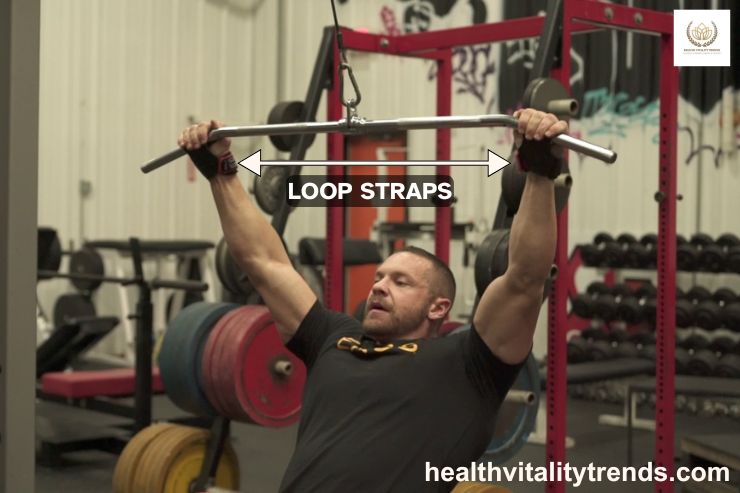
Table of Contents
ToggleShould I Use Straps For Lat Pulldown ?
Here’s the million-dollar question: Should you be using straps for lat pulldowns? The simple answer, and you might not like this, is: it depends.
I realize this isn’t the straightforward response you were probably expecting.
But hear me out. Straps really help when your grip gets tired, so you can work your lats more. However, they can also mask a weakness. Therefore, before you make strapping up a habit for every single set, let’s take a closer look at some important factors.
Also See: Is It Necessary To Do Deadlifts?
Is It Better to Lift With or Without Straps?
This is where things get interesting. Let’s examine the advantages and disadvantages of each method:
Lifting With Straps: Straps can really help you work your lats hard and get the most out of the exercise. They allow you to bypass grip limitations and truly focus on squeezing those lats. This is crucial for heavy sets, high reps, or if you’re recovering from a wrist or forearm injury. You’ll be able to push past the point where your hands would normally give out, leading to greater muscle fiber recruitment and ultimately, better growth.
Lifting Without Straps: Now, don’t get me wrong, grip strength is essential. Ditching the straps forces your forearms to work harder, building a vice-like grip that translates to better performance in other exercises like deadlifts and rows. This is especially important for beginners. Imagine trying to build a house without a strong foundation – it won’t stand for long. The same applies to your training.
The key takeaway? A balanced approach is often best. Use straps strategically for those heavy, grueling sets where your grip is the limiting factor. But don’t become completely reliant on them. Make sure to dedicate some time to strapless training to develop that crucial grip strength.
How to Use Straps for Lat Pulldown
Alright, so you’ve decided straps might be beneficial for you. Great! But using them correctly is crucial. Here’s a step-by-step guide for standard loop straps:
- Placement: Drape the strap over the bar, ensuring the loose end hangs down.
- Looping: Thread the loose end through the loop on the other end of the strap. This creates a smaller loop.
- Positioning: Slide the newly formed loop down the bar and position it so that when you grip the bar, the strap tightens as you pull. This is key!
- Grip: Place your hand through the small loop and grip the bar over the strap. Your palm should be facing down, and the strap should be wrapped around the bar and your wrist.
- Secure: Grip the bar firmly. As you begin to pull, the strap will tighten around your wrist, providing a secure grip.
It’s important that the straps are snug but not cutting off your circulation. Get this right, and you’ll be maximizing your lat pulldowns in no time.
Using Straps with Different Lat Pulldowns Variations
Here’s the good news: the way you use straps remains pretty consistent regardless of your grip on the lat pulldown bar. The core principle stays the same: you’re using the straps to enhance your grip and allow you to focus on your lats.
Wide Grip: With a wide grip, the straps are especially useful as this grip often puts more strain on the forearms. Using straps here can help you target the outer lats more effectively.
Close Grip (Underhand or Overhand): Whether you’re using an underhand (supinated) or close overhand (pronated) grip, the straps perform the same function: eliminating grip as a limiting factor. This is particularly beneficial in close grip pulldowns where the biceps are more involved, and grip fatigue can set in quickly.
Neutral Grip: Using a neutral grip (palms facing each other) can also benefit from straps, especially if you’re going heavy. Again, the goal is to isolate the lats and prevent grip from hindering your progress.
No matter the grip you choose, ensure the straps are positioned correctly on the bar and around your wrists as described in the previous section. This will maximize their effectiveness and minimize any risk of injury.
When Should I Avoid Using My Lifting Straps?
While straps can be a great tool, there are times when you should leave them in your gym bag:
- Prioritizing Grip Strength: If building a powerful grip is a primary goal, using straps consistently will hinder your progress. Dedicate specific training sessions or sets to strapless work.
- Warm-up Sets: There’s no need to use straps during warm-up sets. This is a great opportunity to get some grip work in without taxing your hands too much before your heavier lifts.
- Lightweight Sets: Similar to warm-ups, using straps with lighter weights is generally unnecessary. Save them for when you’re pushing heavier loads and your grip starts to become a limiting factor.
- Over-Reliance: The biggest danger is becoming too dependent on straps. If you find you can’t perform even a few reps without them, it’s time to back off and focus on building natural grip strength.
How Soon is Too Soon to Start Using Straps?
This is a common question, especially from newer lifters.
My advice? Hold off on the straps for a while. In your early training, focus on mastering proper form and building a solid base of grip strength. This means training without straps for the initial months.
Once you’ve established a good mind-muscle connection with your lats and your grip becomes a clear limiting factor in your progress, then it’s okay to consider introducing straps for heavier sets.
Don’t rush it. Building natural grip strength will benefit you far more in the long run.
Best Straps for Lat Pulldown
Choosing the right lifting straps can make a difference in your training. There are a few key types to consider:
Loop Straps: These are the most common and generally the most affordable. They’re simple to use and effective for most lifters. You loop them around the bar and your wrist, providing a solid grip. For beginners, a simple set of loop straps is a great starting point.
Figure-8 Straps: These straps create a more secure, locked-in grip by forming a figure-eight around the bar and your wrists. They’re often preferred for heavier lifts and are less likely to slip. If you’re planning on pushing serious weight, consider investing in a pair of quality figure-8 straps.
Padded Straps: For added comfort, especially during high-rep sets, padded straps can be a good option. The padding reduces pressure on your wrists, preventing chafing and discomfort. If wrist discomfort is an issue, look for padded lifting straps for extra support.
When choosing straps, look for durable materials like heavy-duty cotton, nylon, or leather. Consider the length and width as well; a good fit is essential for a secure grip. Ultimately, the “best” straps depend on your personal preference and training style. You can find a wide variety of lifting straps on Amazon to find the perfect pair for you.

Your Final Learnings
So, should you use straps for lat pulldowns? As we’ve explored, it’s not a simple yes or no.
Straps are a valuable tool for enhancing your lat training by overcoming grip fatigue and allowing you to focus on muscle engagement.
However, they shouldn’t replace dedicated grip training. The key is strategic use. Use them for heavy sets, high reps, or when grip is genuinely limiting your progress, but don’t become overly reliant on them.
If you’re still unsure or want personalized guidance on using straps effectively, don’t hesitate to consult with a qualified fitness professional. They can help you dial in your form and ensure you’re using straps safely and effectively to maximize your lat development.
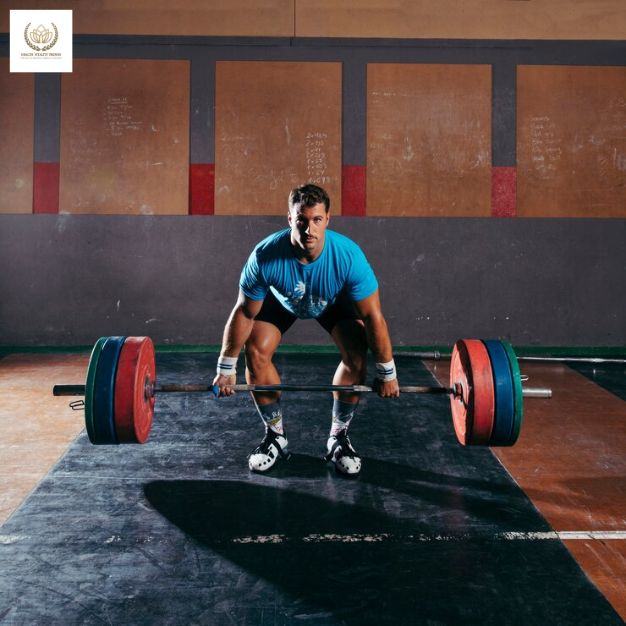
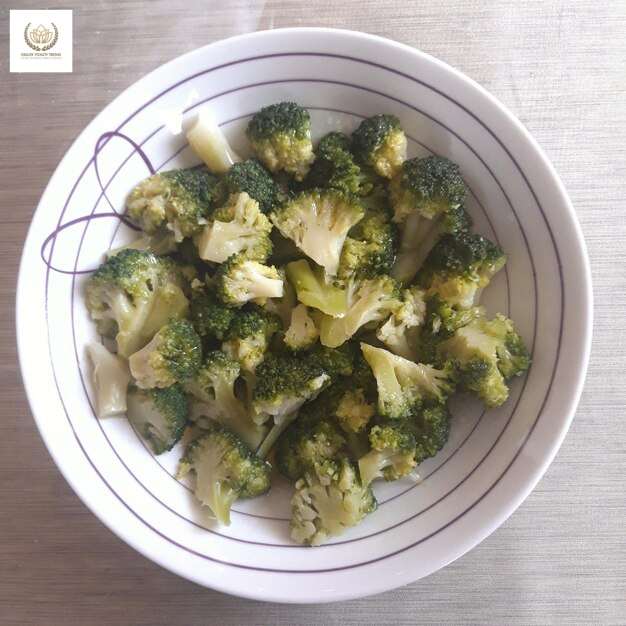

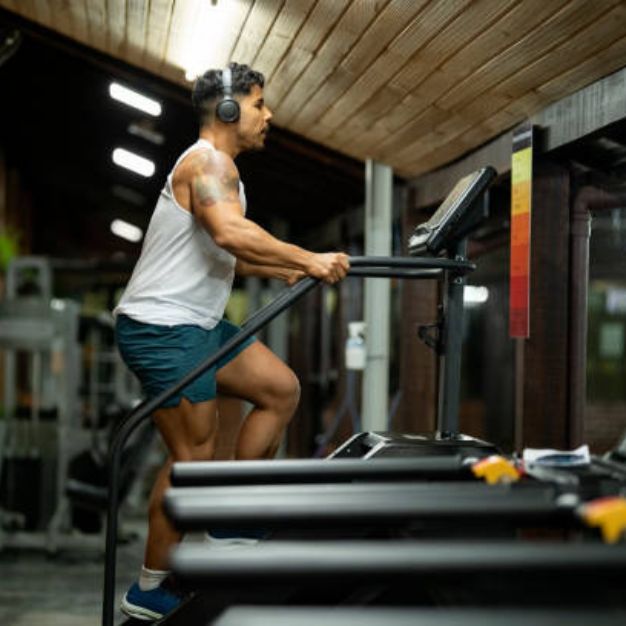


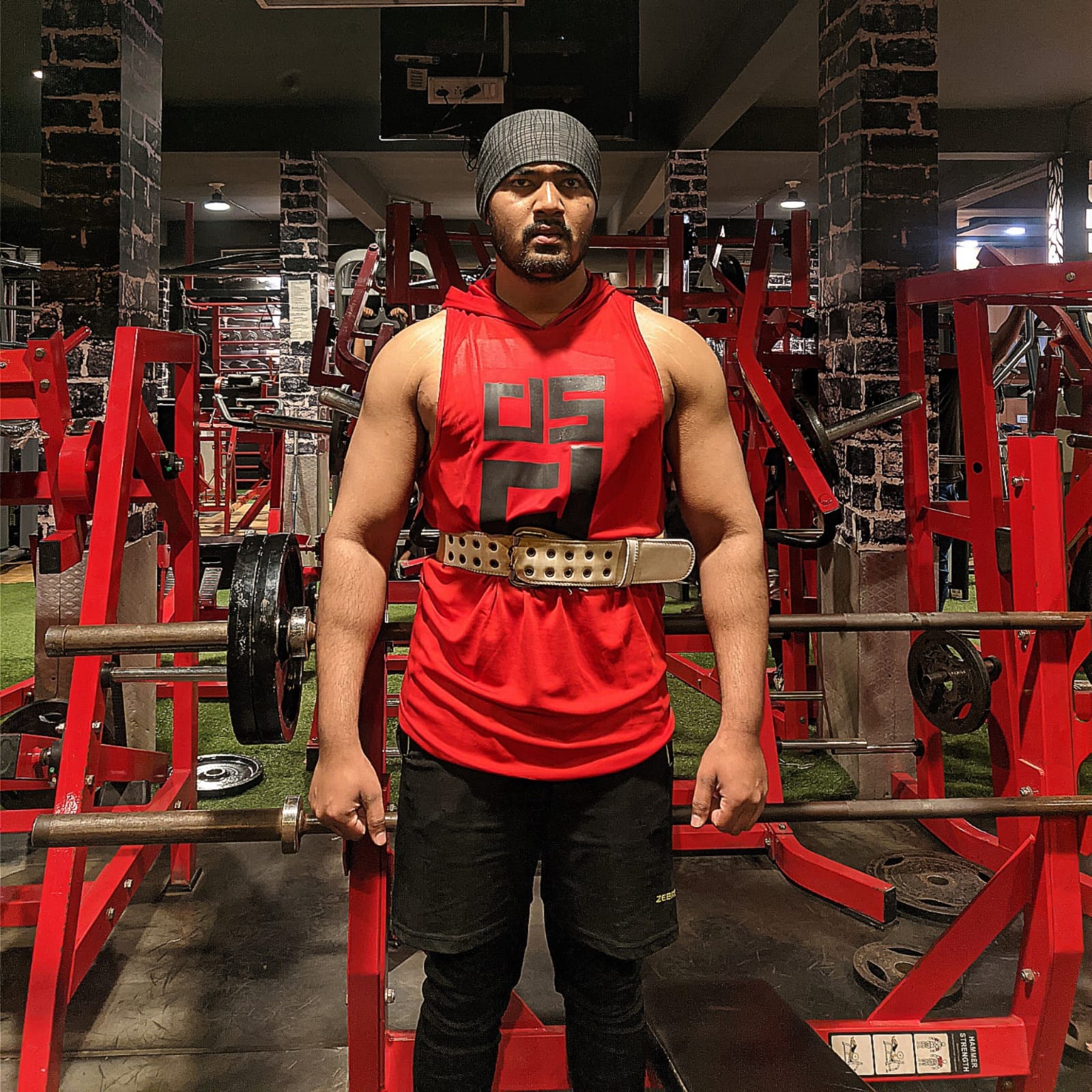
Leave a Reply